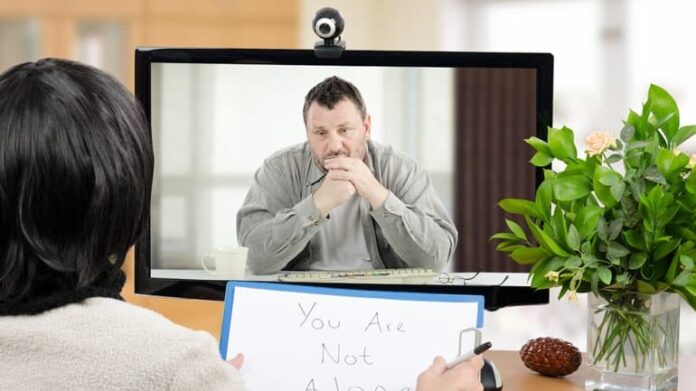
Poor access to mental health services has plagued the entire country as well as Southeast Wisconsin. The reasons are varied and complex, and range from widespread societal ignorance to a lack of certified mental health service providers and the tools to train them.
Eighteen percent of Americans experience mental illness, and studies indicate that fully 80% of us go through periods of extreme stress, depression, grief, anxiety and other mental health concerns. Yet, only one third of adults have sought treatment for these conditions.
Thankfully, our society is beginning to emerge from these dark ages. Mental health is taking its place alongside physical health in our understanding of overall wellbeing. We’re building bridges between mental and physical health providers and approaching both from a preventive perspective. And we’re applying the same exciting technologies to mental health care that are already revolutionizing physical health. Telehealth is a perfect example.
Telehealth services, doctors and nurses other healthcare providers available through our smartphones, tablets and computers is one of the fastest growing segments of health care. LiveHealth Online is one example, bringing highly convenient access for non-emergency health issues to people in their homes, offices, schools, even on vacations.
Mental health services have recently joined the explosion of care available through telehealth—and not a moment too soon. App and computer-based mental health care has the capacity to reach almost everyone, in the remotest of locations, and at the moment they’re most needed. Interestingly, a study published in healthcare informatics concluded that therapy provided in a virtual setting was just as effective as traditional in-person therapy.
To further illustrate the potential, I was heartened to learn that telemedicine-based mental health care played a huge role in assisting victims of Hurricanes Irma and Harvey earlier this year. Telehealth provider American Well and others were helping victims move forward with their lives following the devastation. It also allowed displaced mental health providers to continue serving patients despite losing their physical offices.
The opportunities for telehealth to extend mental health care access are enormously exciting and nearly limitless, and the potential social and economic benefits of that extension are equally so. This is particularly true for employers, where strong mental health support, as part of a holistic commitment to overall workforce wellbeing, can have a powerful effect on productivity, retention and employee satisfaction. In fact the National Business Group on Health says that 56 percent of employers now plan to offer telehealth-based behavioral health services as a covered benefit in 2018.
This is a trend to watch as both the sophistication and reach of telehealth-based mental health grows.

